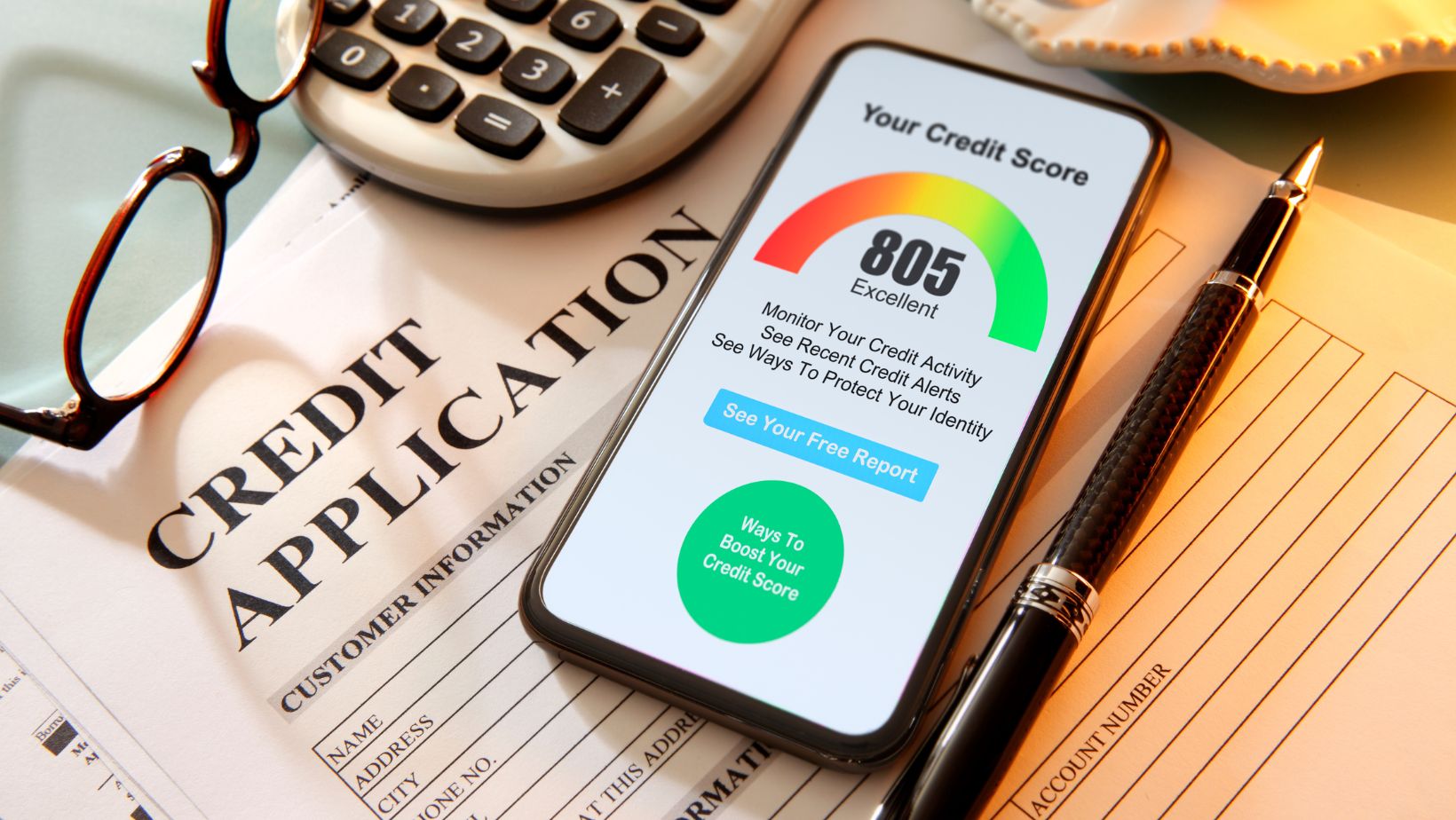Credit utilization is calculated based on the balance and credit limit information included in your credit reports. So, while the exact number may fluctuate slightly from billing cycle to billing cycle, keeping it low can help bolster your scores.
You should use at most 30% of your total available credit. That’s a great goal to shoot for, but how can you achieve it?
Pay Your Balances in Full Each Month
The best way to reduce your credit card usage and raise your credit score is to pay off the balance on each card in full each month. You can minimize interest fees and maintain a manageable level of debt, thanks to it. It is crucial because of the effect on credit scores when utilization rises above 30% of available credit.
The worse your credit score and the likelihood lenders would see you as an enormous risk, the higher your credit utilization ratio will be. It can lead to less attractive borrowing terms, such as higher rates, lower limits, and more restrictive credit approvals.
Another sensible line of action is debt consolidation and taking a personal loan to pay off credit card debt. Doing this can even improve your credit score, reduce your credit use rate, and reduce the interest you pay. Remember, though, that credit utilization rates are based on revolving credit only, such as credit cards, and do not include installment loans, such as auto or mortgage loans.
Consolidate Your Debt with a Personal Loan
If you are still trying to stay below a 30% credit utilization ratio, using a personal loan can help. By taking out an installment loan to pay off your credit card debt, you can lower your utilization and move the balances to an account with a fixed interest rate. However, applying for a personal loan requires a hard credit check, temporarily damaging your credit score.

Paying off your balances is the best way to improve your credit utilization. While this will cause a temporary dip in your credit score, the long-term gains you’ll see in your score and savings on interest payments make it a wise option. If you apply for a personal loan, use it only to consolidate your credit card debt and avoid increasing your balance. Otherwise, you’ll only hurt your credit score in the long run. And if you choose to boost your proportions, making your new credit card payments on time is essential.
Don’t Apply for New Lines of Credit
Since credit utilization is crucial to your credit score, you don’t want to apply for too many new credit cards or loans. It could negatively affect your credit scores and make you a less attractive borrower.
Lenders prefer that you use at most 30% of your total available revolving credit, which includes credit cards. A higher percentage may indicate that you’re struggling with debt and cannot repay what you owe.

Your credit usage ratio is calculated by adding up all of your open revolving account balances and dividing that total by the sum of all the credit limits on those accounts. While installment loans like mortgages and automobile loans do not count against your revolving debt, credit cards and lines of credit do. This calculation is done per-card and overall, with most credit scoring models favoring the former. You can minimize your credit utilization rate by lowering your debt loads or expanding your credit options.
Avoid Closing Credit Card Accounts
While credit card balances make up 30% of a credit score, other aspects of your credit history can also help or hurt it. It includes your credit history (35%), payment history (30%), amount owed/credit utilization (20%), length of credit history (15%) and credit mix (10%).
In addition to your credit card balances, credit card issuers report information monthly to the credit bureaus. This information isn’t always the same as your current balance since it can take a few days for card issuers to update the credit agencies with the most recent balances.
Closing a credit card account may impact your credit utilization rate, lowering your overall credit line. Additionally, it may decrease the average age of your credit cards, which could be detrimental to your credit scores. Keeping your accounts open can help you maintain a low credit utilization rate and improve the overall quality of your credit.














